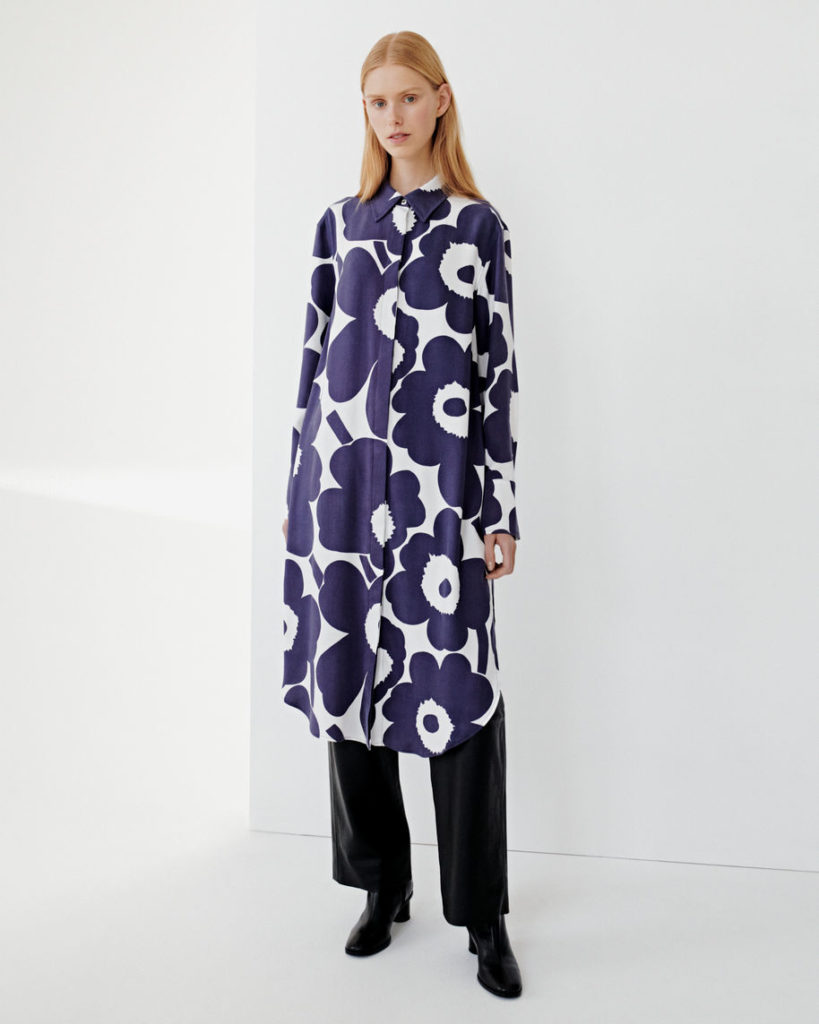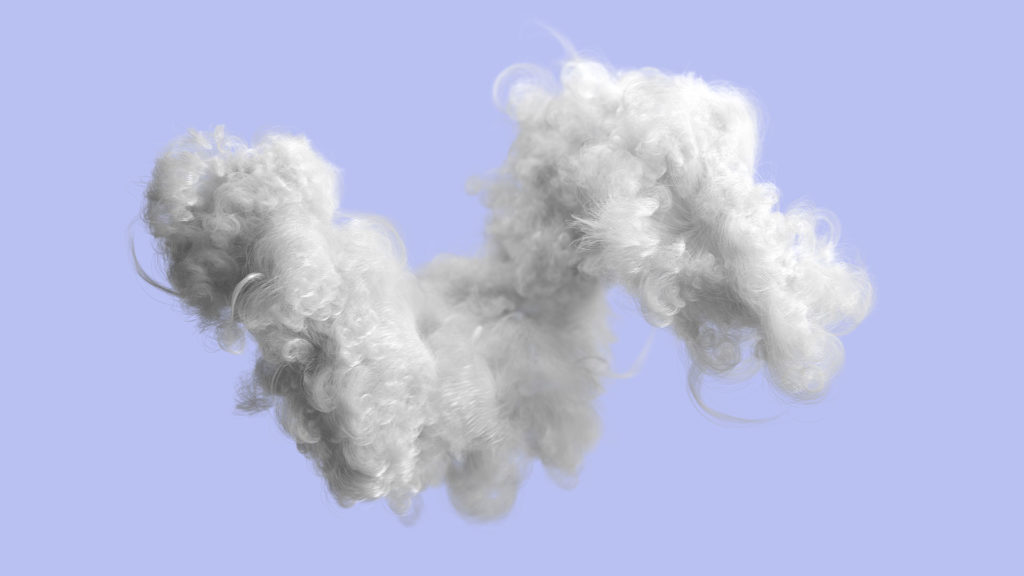Here they are: few new ecological textile Fibers developed in Finland that could replace cotton and viscose. We have listed everything that you need to know about these ground-breaking Fibers.
SPINNOVA by Spinnova:
Raw material- Spinnova is a one-of-a-kind company from the start. The pulp they use to make the fibre is the same pulp that is used to make paper. The wood originates from tree farms that are FSC and/or PEFC certified. They just treat the pulp mechanically to form micro fibrillated cellulose, which is the fuel for their method.
While they developed their method with wood, it may be replaced with practically any type of cellulose. They can process waste-derived cellulose biomasses and are investigating the possibility of employing post-consumer cotton. To use these options, no more technological development is required.
Method- The closed loop manufacturing process does not require any harmful chemicals or solvents. There are no waste streams. The method is significantly more environmentally friendly than the manufacturing of cotton or viscose: for example, according to Spinnova, the process uses 99% less water compared to the cotton manufacturing process. The material can be recycled again and again without deterioration of fibre quality. The fibre emits 65% less low-carbon than cotton and is quickly biodegradable.
Properties: The hand feel is closest to cotton or linen. The fibre is strong, and it takes dye well. The insulation capability is on a par with wool.
Key Features:
100% Natural
100% Biodegradable
0% Microplastics
0% Harmful chemicals
99 % Less water use
Significantly smaller CO2 emissions
100% Recyclable
What’s remarkable
The only company in the textile industry that can make pulp into textile fibre without dissolving and harmful chemicals.
“We are an ingredient brand, like Gore-Tex.”
Infinna by Infinited Fiber Company
The waste biomasses they are testing is genuine. They have the ability to assist tackle environmental issues while also producing excellent textile fibre.
Raw material: Infinna Fiber uses a cellulose carbamate technology that enables the manufacturing of completely new textile fibre from cotton-rich textile waste. Infinna fibre can also be made using other cellulose-rich waste streams, such as used cardboard and paper, as well as agricultural residues like wheat and rice straw.
Method: In the case of textile waste, it is first sorted and textiles suited to the process are then mechanically shredded. The cellulose in the feedstock is captured for further processing while the non-cellulosic materials, e.g., polyester, are removed. The remaining cellulose reacts with urea to create a cellulose carbamate powder that is converted into liquid form. The liquid cellulose is spun into brand-new Infinna fibres, which are ready for yarn spinning. The textiles made with Infinna fibre can be recycled again. The fibre is biodegradable and contains no plastics.
What’s remarkable: Infinited Fiber Company turns textile waste into a new, premium textile fibre that resembles and can be used like cotton. An extraordinary innovation in the textile industry.
“Licensing is an important next step in making Infinna a mainstream material.”
Ioncell by Aalto University

Raw material: The Ioncell process turns cellulose from virgin wood pulp, recycled paper, and cardboard as well as cellulosic textile waste into high-quality, high-strength textile fibre.
Method: The Ioncell technology was developed by Aalto University in collaboration with the University of Helsinki in the selection of the solvent. The only chemicals used in the production process are non-toxic ionic liquid and water which are recycled back into the process.
What’s remarkable: The Ioncell technology uses a novel solvent which belongs to the category of ionic liquid. Tests have shown that the tensile strength of Ioncell fibre is even 2-3 times higher compared to virgin cotton.
Over the years Ioncell has been tested for different end-uses in cooperation with many companies, such as Marimekko. The Ioncell fibre works well in both clothing and technical applications.
Kuura by Metsa Group

Raw material: Metsa Fibre, part of Metsa Group, provides the undried paper pulp utilised in this method.
Method: The method is based on direct dissolution using a novel ionic liquid solution as pulp solvent.
What’s remarkable: Metsa Group’s concept is based on paper-grade pulp instead of dissolving pulp. This enables a higher yield of textile fibre from trees and energy savings during the process. An extraordinary innovation on the textile industry.
If the results of the demo phase are promising, Metsa Group will next consider investing in a larger textile fibre plant alongside one of its bioproduct mills. The production capacity could be as high as 50,000 tonnes per year. The Kuura textile fibre brand was introduced to the general public during Japan Fashion Week in March 2021 together with Itochu and clothing brand The Reracs. A limited edition of bore coats was launched in November 2021.
Also read: Evrnu Invents World’s First 100% Recyclable Material Made from Cotton Textile Waste















